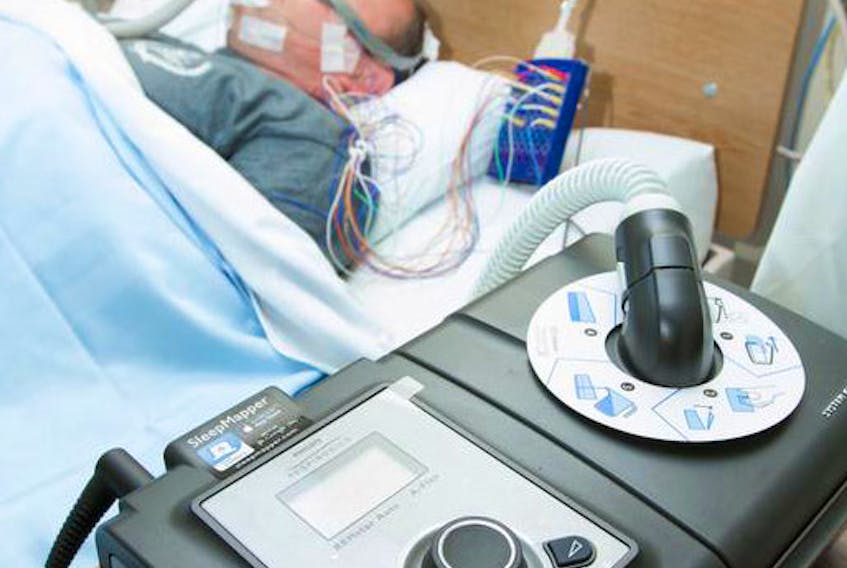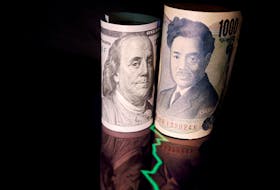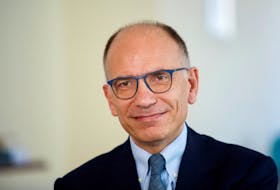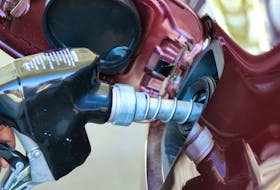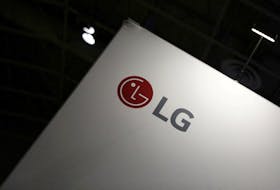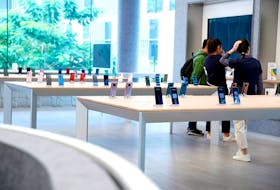A new medical startup by Dalhousie University Ph.D. graduate Hamed Hanafi plans to use artificial intelligence to treat sleep apnea.
The condition causes patients to intermittently stop breathing in their sleep. It’s usually treated with Continuous Positive Airway Pressure, or CPAP, machines that use high levels of air flow to prevent the upper airway from collapsing and obstructing.
Hanafi’s company, NovaResp, is developing a combined hardware and software solution that can be attached to any CPAP machine to improve its efficacy.
“We have a proprietary add-on for these machines that would be able to predict an obstruction that’s going to happen and not let it happen,” said Hanafi in an interview.
Sleep apnea raises a person’s risk of heart attacks, strokes and other medical problems. In 2017, about 6.4 per cent of Canadians had been diagnosed with it and nearly a third of the adult population was at risk, according to Statistics Canada.
Conventional CPAP machines are currently the preferred treatment, but they often provide too much or too little airflow, and may wake the patient.
They can also take up to 10 or 20 seconds to fully respond after the user stops breathing, during which time the person is deprived of oxygen.
The inefficiency of this process contributes to very low adherence rates. Hanafi said that about 50 per cent of patients who have the equipment do not use it.
NovaResp’s product is called CMAP, short for Continuous Management of Airway Pressure, because it will help regulate a patient’s breathing throughout the night and head off stoppages before they occur.
This will reduce oxygen deprivation and improve patient comfort, which may encourage users to wear the equipment more readily.
The technology will work via a combination of a physical add-on, which will be attached to existing CPAP machines, and machine learning.
Hanafi, who holds a doctorate in biomedical engineering from Dalhousie, developed the idea for the CMAP system in his spare time while completing a Mitacs-funded fellowship at another med-tech startup, DMF Medical.
“I not only did work for them, but I also learned how to navigate through the ups and downs of managing a startup,” said Hanafi.
His mentors from DMF, David Roach and Michael Schmidt, also offered him guidance in starting NovaResp, including helping him secure financing from Innovacorp’s Early Stage Commercialization Fund.
Additional funding has been provided by the Atlantic Canada Opportunities Agency, investment by Hanafi’s friends and family, and Mitacs E-Accelerate, among others.
He credits Mitacs with making it possible for him to work at NovaResp full time by permitting him to draw a salary from the funding he received, which other sources explicitly disallowed.
“If you’re a recent grad, how are you going to work for yourself and pay your bills if nobody lets you pay yourself from the funding you apply for?” he said. “But Mitacs E-Accelerate let me pay myself ... The focus came to NovaResp and everything started moving.”
The company employs eight people — three full-time staff and five consultants — and plans to hire more full-time staff in September.
Hanafi is currently raising a round of seed investment. He aims to take the CMAP technology to market by 2022, following clinical trials, and added that it would likely have applications beyond sleep apnea, such as ventilator systems in hospitals.

